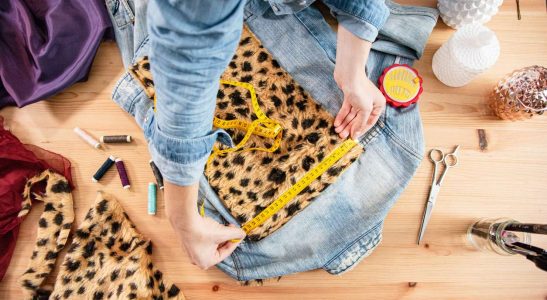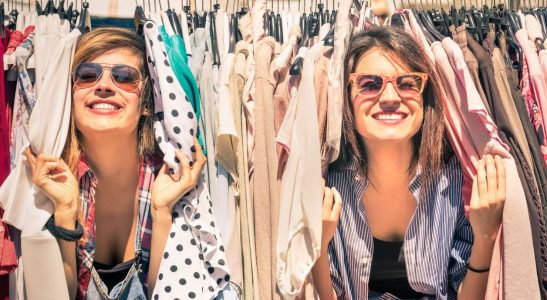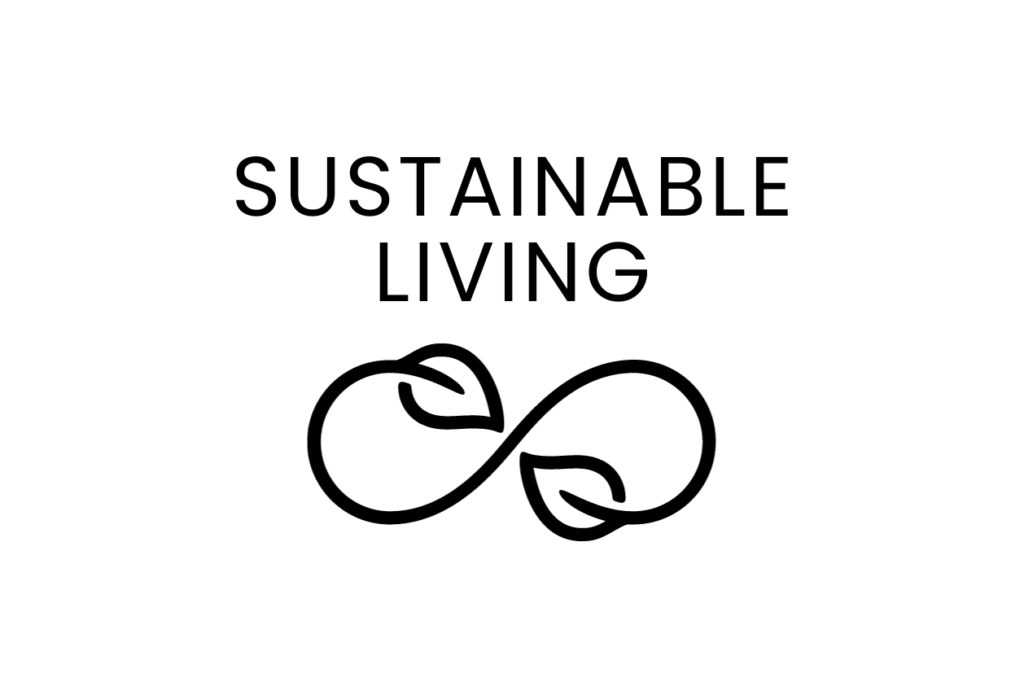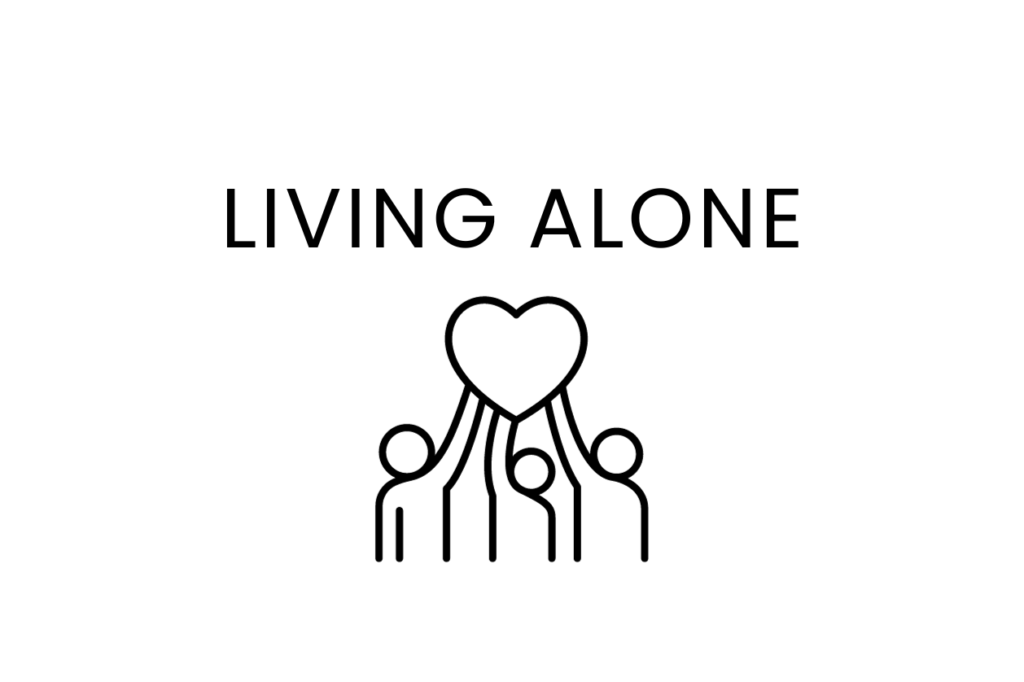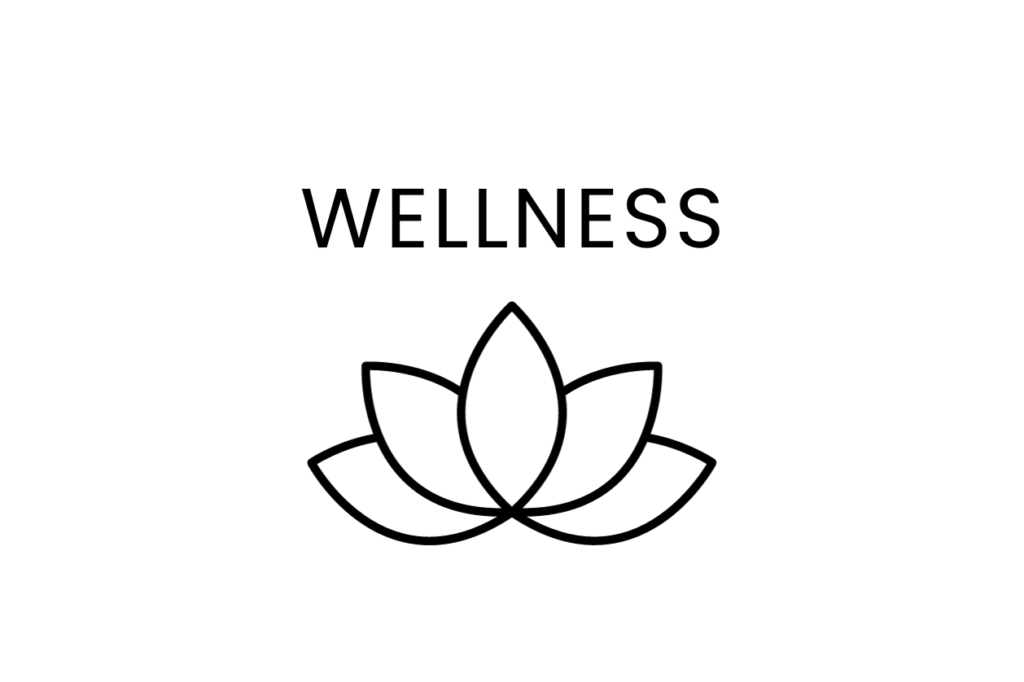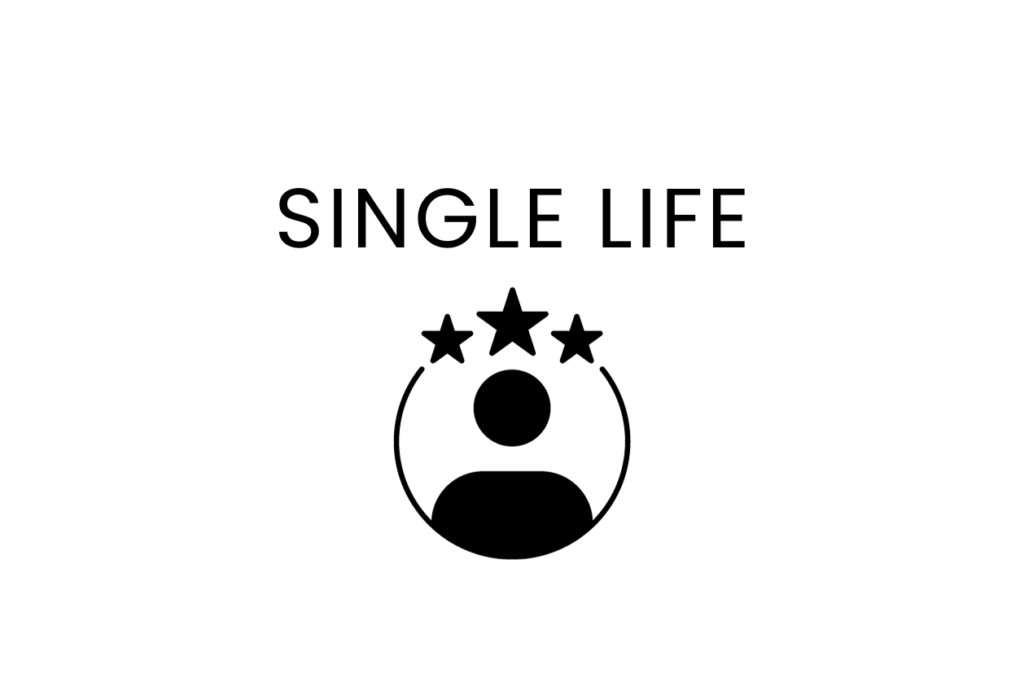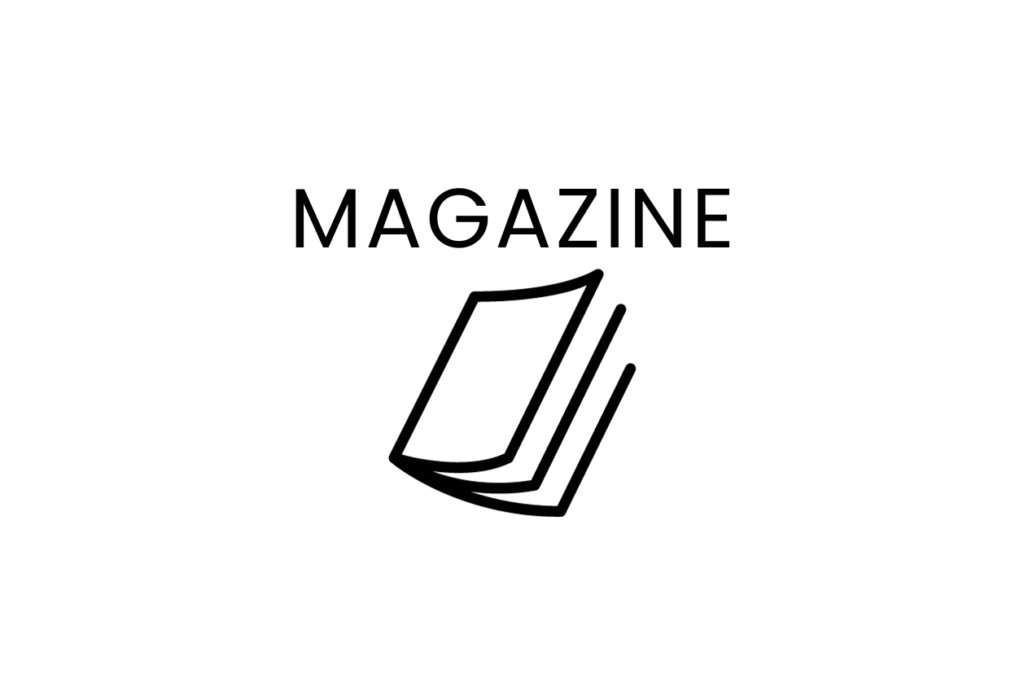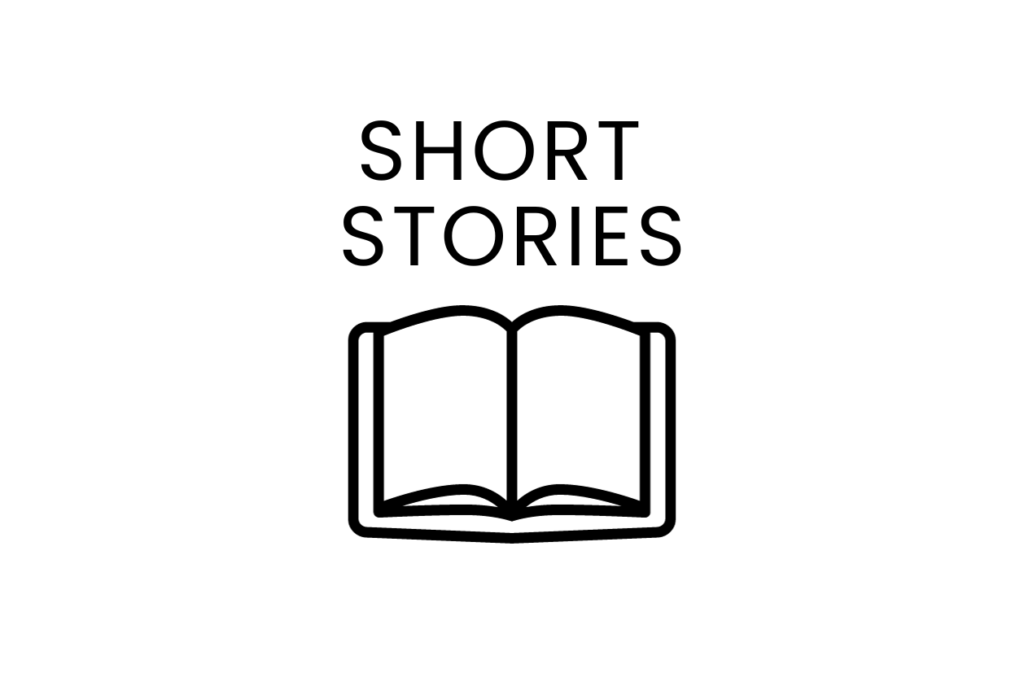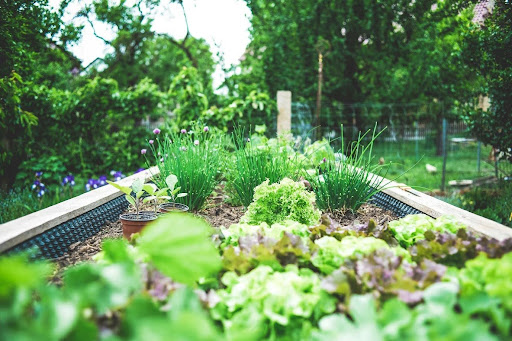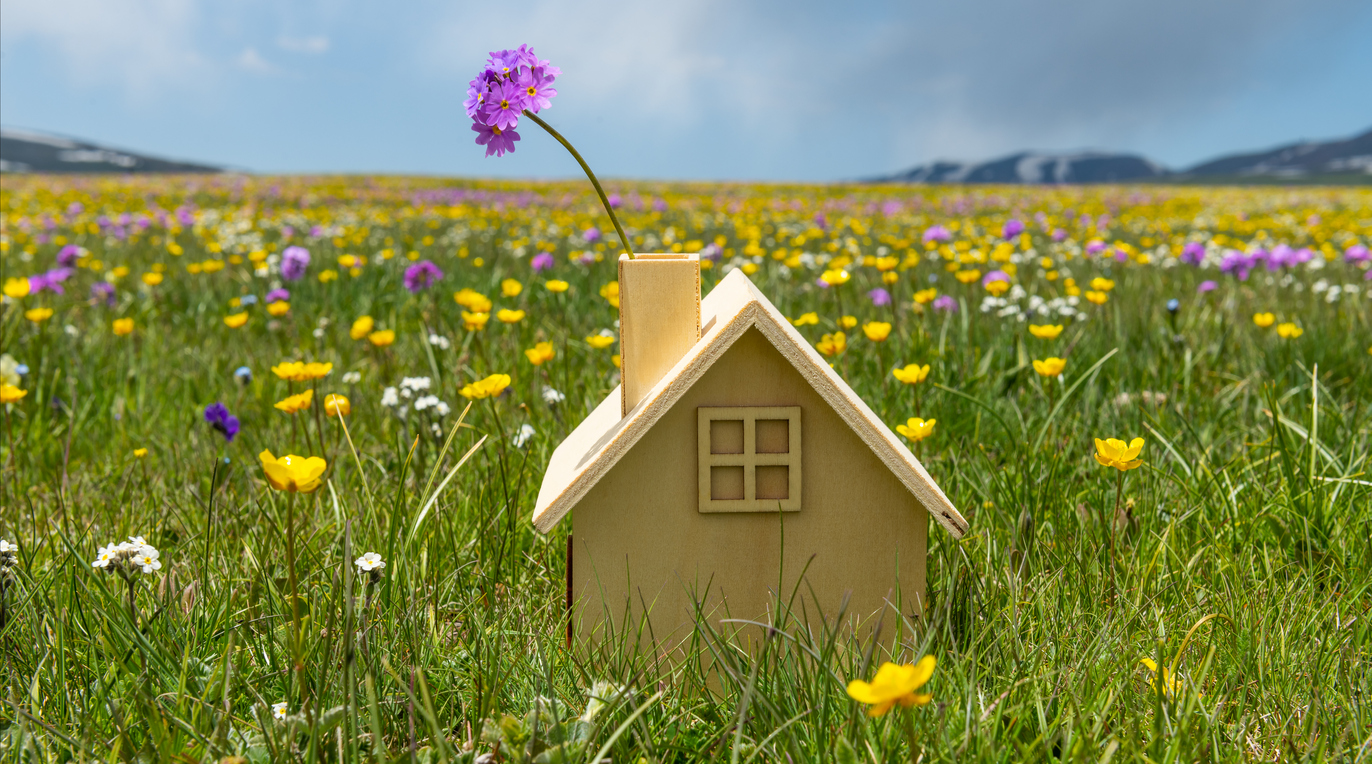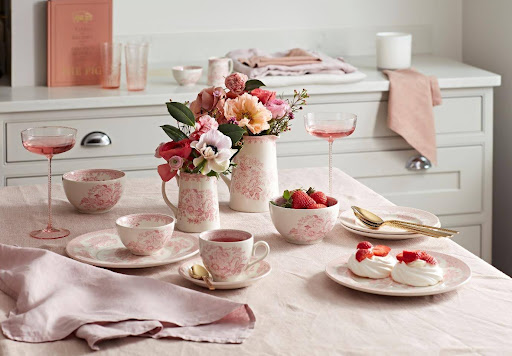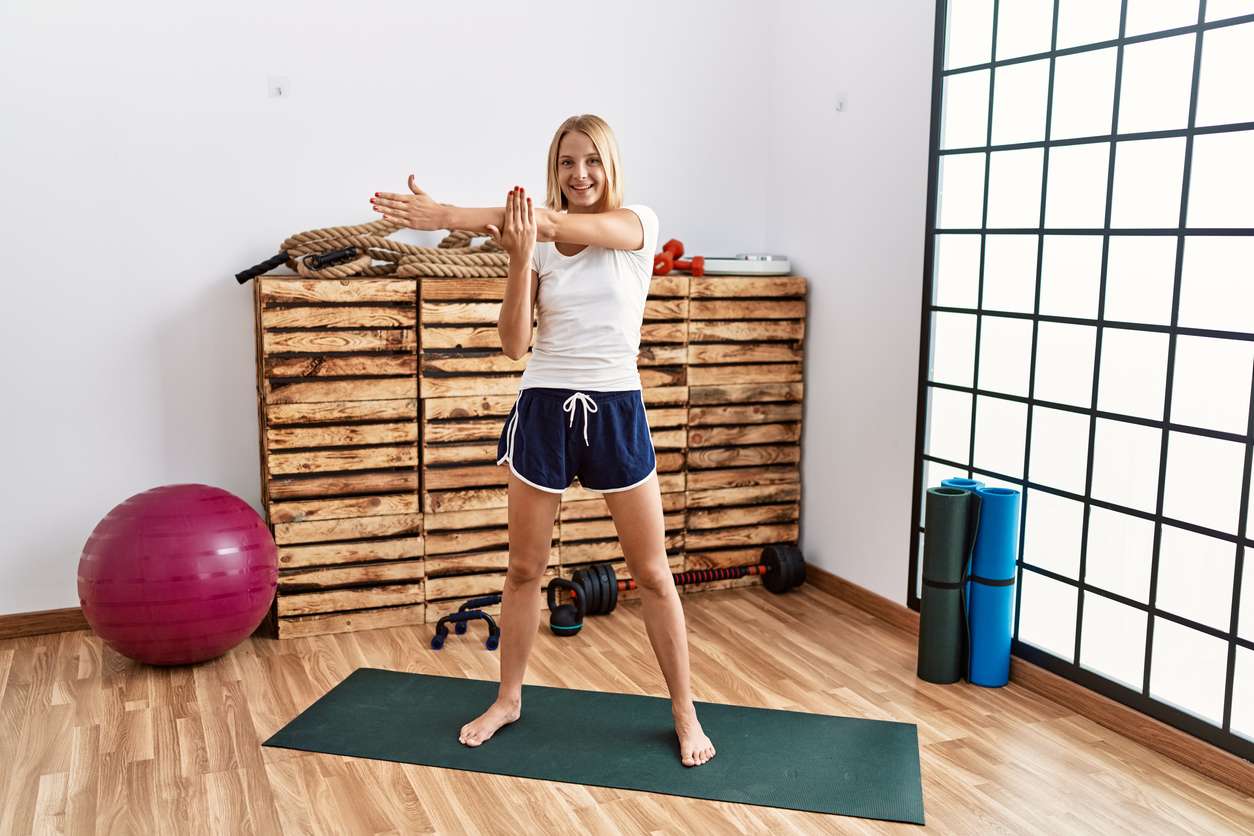If there are a couple of things we can be sure of in these dynamic and exciting times, it is that change is inevitable. We have more choice today, impacting all areas of our lives, compared to previous generations and this only looks set to accelerate and amplify.
Consumer choice is fantastic – who can imagine there was a time without readily available ripe avocados and our favourite sneaker, ready to customise and order to our very own bespoke colours and design?
However when making a discerning consumer choice one undeniably carries with it, a burden of responsibility: that is, the ability of making an informed buying decision as well as a smart decision that fits in with our needs, wants, lifestyle and budget.
In our world of 24 hour, 7/7 news access, building awareness and knowledge that our buying decisions can potentially impact others and the planet in general; there is an additional pressure on our buying decision-making process where making the ‘smart’ choice can end up taking a great deal of time and effort.
Who’s Thinking Fast About Slow Fashion?
Sustainable Living| 27th December 2018 by Solo Living
If there are a couple of things we can be sure of in these dynamic and exciting times, it is that change is inevitable. We have more choice today, impacting all areas of our lives, compared to previous generations and this only looks set to accelerate and amplify.
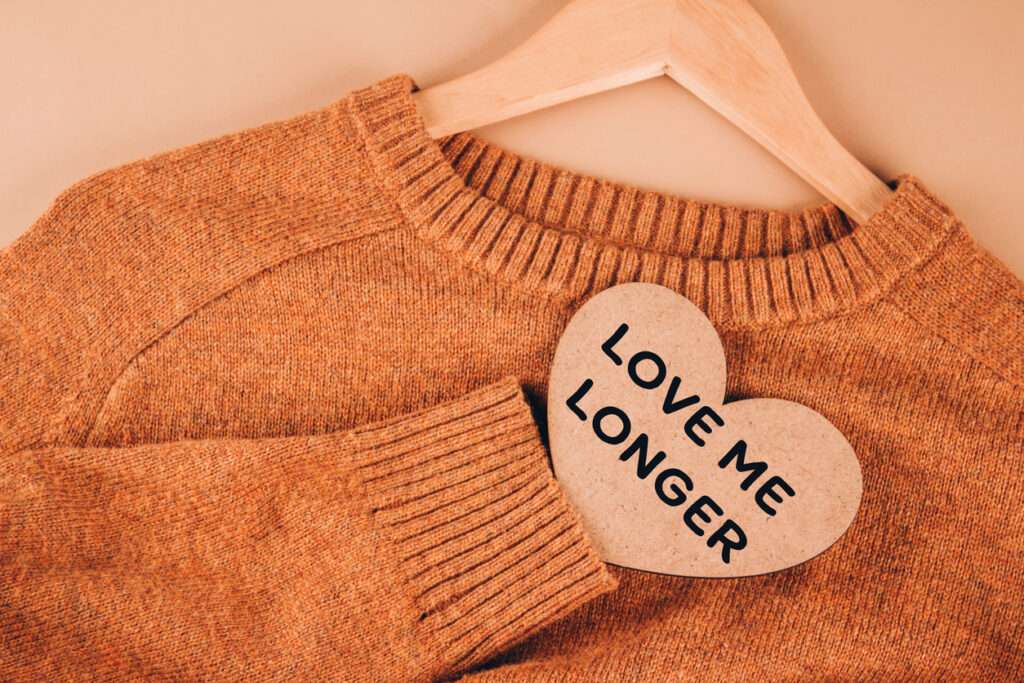
Consumer choice is fantastic – who can imagine there was a time without readily available ripe avocados and our favourite sneaker, ready to customise and order to our very own bespoke colours and design?
However when making a discerning consumer choice one undeniably carries with it, a burden of responsibility: that is, the ability of making an informed buying decision as well as a smart decision that fits in with our needs, wants, lifestyle and budget.
In our world of 24 hour, 7/7 news access, building awareness and knowledge that our buying decisions can potentially impact others and the planet in general; there is an additional pressure on our buying decision-making process where making the ‘smart’ choice can end up taking a great deal of time and effort.
Why is the fashion industry under pressure?
The fashion industry is one where this heightened awareness is nothing but growing and becoming all the more apparent. As a result, we are beginning to see an emerging group of companies striving and leading the way in sustainable, slow fashion.
With recent news on global apparel consumption covering mass fainting of women in factories in Cambodia, it sadly appears the catastrophic events of Rana Planza in 2013, have not yet to date, precipitated the clear change within the industry that was touted as being a fundamental necessity. For many, working in textile factories within developing countries, the choice is to work – versus not having an income at all – and no matter what the conditions.
In addition to the human rights violations; major environmental degradation due to population impact, subsequent resource demands and corresponding waste production all point towards the constantly created need for urgent action. In a truly stark submission at the Copenhagen Fashion Summit, 2017, it was forecast that by 2030, the equivalent of two planets could be needed to meet resource demands with a growth in the world’s population expected to exceed 8.5 billion and consumption of fashion forecast to increase staggeringly, by 63%.
Brands taking action
Immediate action within the industry is being presented as the only option. Therefore as follows with demand, innovative creative opportunities and solutions are being realised, with global fashion powerhouses signing up for and leading meaningful change. They include Patagonia, H&M, Levi, Adidas and the Kering Group (the luxury powerhouse that counts Stella McCartney, Christopher Kane, McQueen and Gucci among its brands).
There are many other smaller, independent brands and online retailers taking major steps in presenting a more equitable solution for the consumer. You’ll find Reformation and Everlane leading the way.
What about our choice as consumers?
Ultimately every fashion purchase that counts must go home in a bag (or be delivered there) and the ultimate choice of what we buy lies with us, the consumer. In a High Snobiety article, the influential blog highlights how far there is to go – which is, of course, an opportunity for change and action. The main takeaway is that there is, pretty much, a 99% opportunity for improvement.
What you’ve been reading so far, kicks off Solo Living articles looking at sustainability in fashion. Knowing they can be difficult to find, we will help you navigate sustainable and slow fashion brands worth considering before making your next wardrobe investments. We’ll put together ideas and suggestions guiding you on the path to supporting the 99% opportunity for improvement.
If 8.5 billion of us are moving in that direction, then a difference will be made because as we all know, basic economics tells us supply is driven by demand. With making a difference a necessity in this case, it is increasingly becoming recognised we have no choice but to move forward with sustainable and slow fashion.
Share this post:
Hear from Solo Living now and then by signing up to our mailing list

